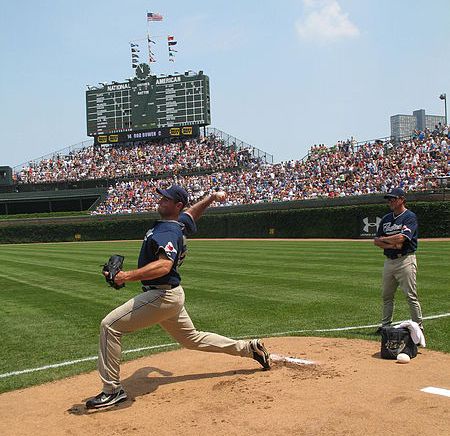Podcast: Play in new window
BOB HIRSHON (host):
The brain’s fastball trick. I’m Bob Hirshon and this is Science Update.

(Announcer: “And the pitch is swung on a miss. 95 mile and hour fastball, 0 and 1.”)
Major league pitches are too fast for our eyes to track directly. Signals from the eye take about a tenth of a second to reach the brain, and a fastball can travel over ten feet in that time. So how do batters ever hit ’em? As psychologist Gerrit Maus of the University of California at Berkeley explains, the brain actually stays one step ahead of the eyes, by predicting where the ball really should be at any given time.
GERRIT MAUS (University of California, Berkeley):
So it’s analyzing the motion and then calculating where things should be by the time this information is actually perceived.
HIRSHON:
In other words, what we perceive in any given moment is the result of that prediction, and not the moving object itself. It’s the same way we all track pesky flies or oncoming cars. I’m Bob Hirshon for AAAS, the Science Society.
